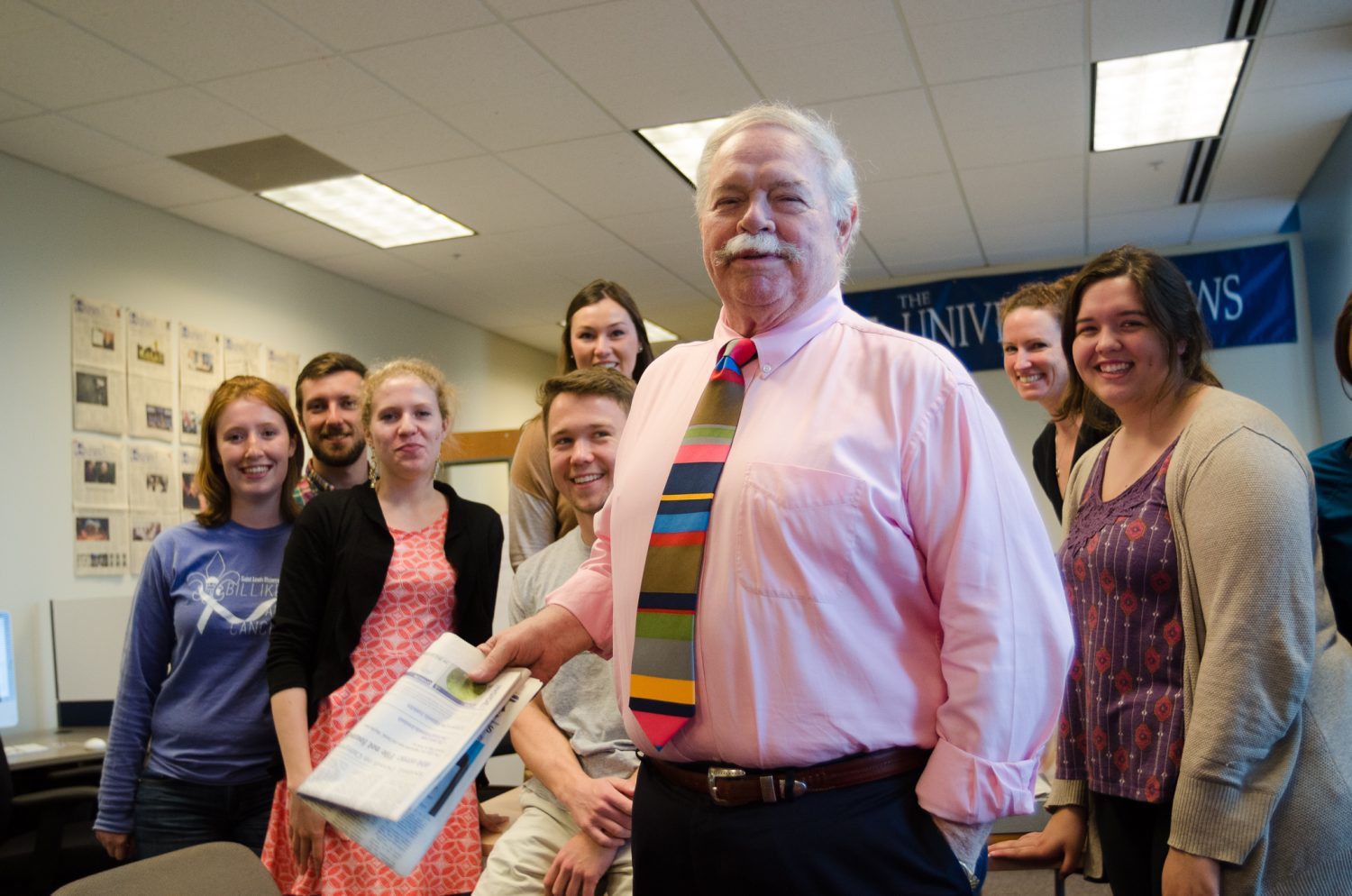Filming violence is difficult. Depending on the film, violence
can be exhilarating or excruciating, humorous or horrifying. The
Passion of the Christ dramatizes history’s most famous ritual
murder: The death of a Nazarene carpenter who preached a message of
unconditional love.
The Passion is not an epic retelling of the Christ story.
Countless such films exist in Sunday schools around the world.
Rather, director Mel Gibson’s film opens in the garden of
Gethsemane with a frightened Jesus (James Caviezel) begging God to
spare him from the tribulation ahead. God remains silent, but an
androgynous Satan (Rosalinda Celentano) materializes to taunt Jesus
in his moment of weakness.
After a lack of sympathy from the devil, the Jewish Sanhedrin
seizes Jesus. He is dragged to Jerusalem, facing charges of
blasphemy. Under Roman law, the Sanhedrin lack the authority to
execute their own criminals; Jesus must stand trial before Pontius
Pilate (Hristo Shopov).
Caiphas (Mattia Sbragia) claims that Jesus leads a fanatical
sect of Jews, an allusion to the Roman-killing zealots. Pilate
fears an inevitable riot–either from the Jews if Jesus is spared,
or from his disciples if he is executed. He fails to placate the
crowd’s bloodlust with a vicious public flogging. They want him
crucified.
So begins Jesus’ hellish trek to Golgotha, brutally realized by
Gibson and company. From his first shot of the dark, cloudy sky
over Gethsemane, Gibson imbues The Passion with anxiety that
endures throughout. For 30 silver pieces, Judas’ (Luca Lionello)
treachery reaps two hours of unimaginable suffering on Jesus and
all who hold him dear.
Jesus is punched, kicked and whipped with chains on the way to
Jerusalem. His scourging consists of beatings with canes and
metal-tipped flagella that strip the skin from his body with each
lash. The beating is so severe that his torturers are drenched in
blood and gasping for breath. A crown of thorns is ground into his
forehead, as a symbolic mockery of “the King of the Jews.”
Gibson shoots these scenes with an unflinching eye for details,
never allowing the rich atmosphere of his settings to overshadow
the human element of his story. The lack of Hollywood talent
further guides his focus. Aside from Caviezel’s turn as Jesus,
Monica Bellucci’s (Persephone from the Matrix trilogy) portrayal of
the Magdalene and a brief appearance of Gibson’s hand, The Passion
boasts an ethnic cast true to the Gospels.
Boldest of all was the decision to film The Passion entirely in
Aramaic, Latin and Hebrew dialogue: Two of the three are presumably
dead languages. The foreign tongues are initially jarring, but
Gibson’s arresting visuals soon reduce their distraction. Like all
great foreign films, The Passion hurdles the language barrier by
means of universal themes.
The Passion’s loudest detractors have accused Gibson of twisting
the Gospels into a 2,000-year-old exercise in masochism, but love
dominates the film. From the earless soldier healed in Gethsemane,
to the repentant man forgiven on the cross, Jesus demonstrates
compassion amidst cruelty.
From its inception, Gibson wanted Caviezel in the title role,
and the choice was a wise one. Caviezel grasps the elusive brass
ring of temperance that has evaded cinematic Christs for decades.
He radiates with ethereality, balancing the duality of a human
Jesus and divine Christ.
Unfortunately for Caviezel, Gibson’s version of “the greatest
story ever told” is particularly concerned with Jesus, the
sacrificial lamb. For the majority of The Passion, Caviezel is a
semi-comatose, walking hulk of raw flesh.
Had Gibson focused exclusively on Jesus, these critics would
have been correct. But The Passion’s greatest triumph resides in
the ties of friendship and family. We celebrate the faith of John,
the beloved Apostle, as he steadfastly follows his Lord to the
cross. We empathize with Peter (Francesco De Vito), howling in
agony for his denial of Jesus to the mob. We mourn the traitor
Judas, haunted by demons of guilt until he hangs from the cypress.
Gibson’s narrative encompasses the extremes of Christ’s Passion,
but these plot threads pale in comparison to the heartbreaking
interaction between Jesus and his mother.
Maia Morgenstern deserves an Oscar for her portrayal of Mary.
She bears silent witness to the indignities suffered by her son,
but her haunting eyes speak volumes in themselves. Jesus’ scourging
is horrendous in cruelty, but the real tragedy presents itself when
he locks eyes with his mother before the flagella tear his
backside.
Mary’s desperate fight to reach her son in a sea of humanity
reaches an emotional conclusion when Jesus falls at her feet. In
her mind’s eye, she sees him as a child, tumbling into a bed of
rocks. In the most wrenching scene I have ever witnessed on screen,
she rushes to her adult son, assuring him that she is at his
side.
Gibson focuses on opposites. Caiphas’ malevolence is balanced by
Pilate’s compassion. Roman soldiers scourge the flesh of Jesus;
Jewish leaders lament the injustice of his trial. Satan tempts
Jesus to abandon the cross; Mary loves and supports him despite the
pain of losing her son. Jesus carries the burden of sin; Judas is
crushed under its weight.
The Passion is a distinctly Roman Catholic interpretation of
Christ’s final hours, but the core themes of love, friendship and
sacrifice can be appreciated by anyone. Claims of anti-Semitism
persist, but Gibson never directly blames the Jews for the death of
his Savior.
Instead, Gibson holds humanity as a whole accountable. When
Jesus is laid on the cross, Gibson swings the hammer that nails
Jesus to the wood.
Could Gibson have broadened the scope of his film? Absolutely,
but his bold decision to finance and direct an aspect of his faith
that is traditionally glossed over should be commended.
Certainly, Christ’s message of love and acceptance has merit
with people of any or no religious faith. Gibson shows the latter
half of that message that, for Christians, is essential to the
former.
Jesus loved mankind enough to give his life to prove it. He
allowed himself to be tortured, humiliated and betrayed by those he
held dear. In The Passion’s ultimate contradiction, the violence
surrounding Jesus’ death is as inspiring as it is ugly.





